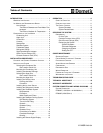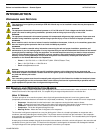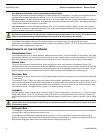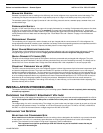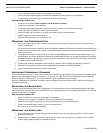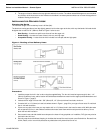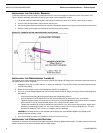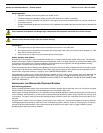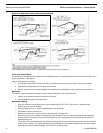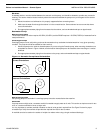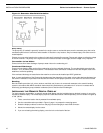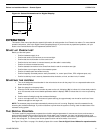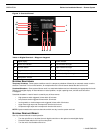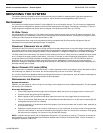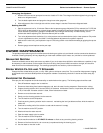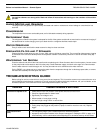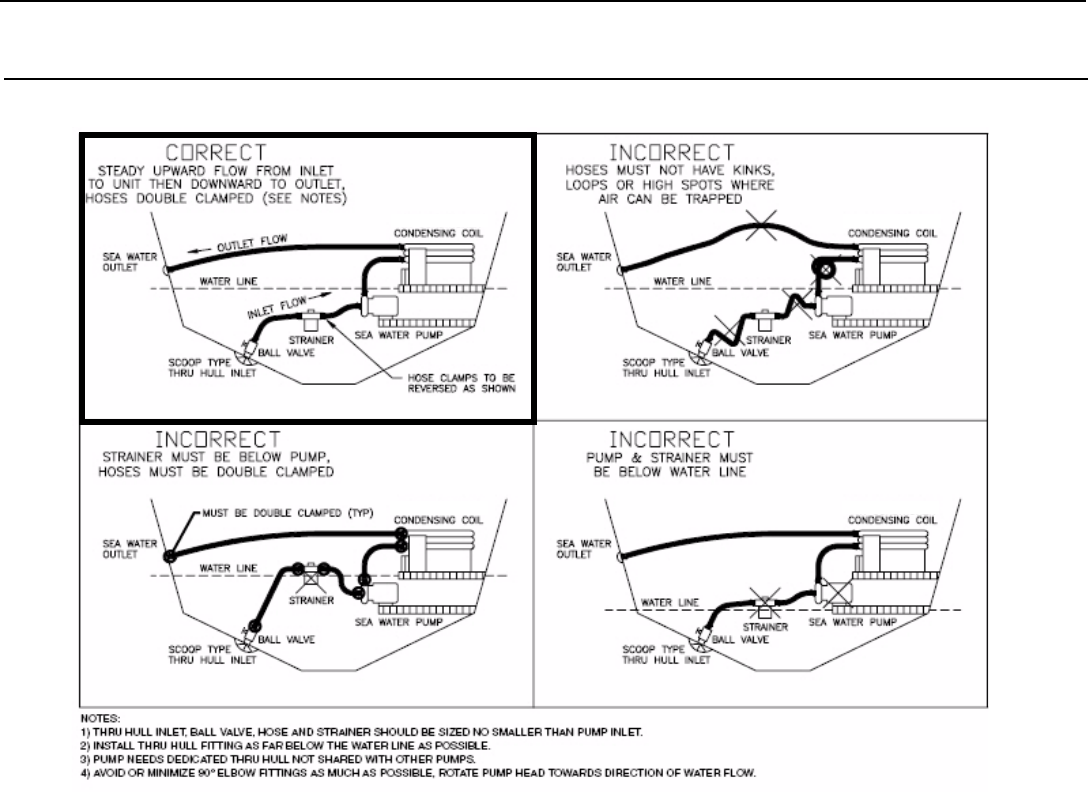
INSTALLATION PROCEDURES Eskimo Ice Installation Manual - Remote System
8 L-2448B ENGLISH
Figure 3: Seawater Piping Recommendations
Thru-Hull Inlet Fitting
A separate thru-hull fitting must be installed for each seawater pump. Do not attempt to draw water from the thru-hull fitting of an
engine, generator, or other device.
Install a scoop-type thru-hull fitting:
1. Drill a properly sized hole for the thru-hull fitting as far below the water line and as close to the keel as possible.
2. Make sure the scoop of the thru-hull fitting faces the bow.
3. Bed the scoop with marine sealant designed for underwater use, and tighten the nut onto the thru-hull to secure it.
Seacock
The seacock must be accessible and easy to close in case of emergency or to clean the strainer.
1. Install a full-flow seacock directly onto the thru-hull fitting.
2.
Us
e threaded-seal tape to seal the threads.
Seawater Piping
• Only use reinforced marine-grade hose or other suitable piping (PVC, CPVC, cupronickel, or stainless steel).
• Double clamp all hose connections.
• Use only plastic, bronze, or stainless steel fittings (do not use brass).
• Avoid loops or dips in all hose runs.
• Make sure enough hose is used to allow for future removal of components.
• Use the correct size hose, fittings, and components: 5/8” seawater hose, 3/4” inlet. Note that the pump inlet piping
(including thru-hull and strainer) may need to be larger than the outlet pipe size. Do not use pump connections to
determine hose size.
• The "pump inlet" recommended pipe size includes all fittings and hose up to the pump connection (thru-hull, seacock,
strainer, hose, manifold). The "pump discharge" recommended pipe size includes all fittings and hose from the pump
discharge up to the overboard discharge, and should be a minimum of 5/8”.



